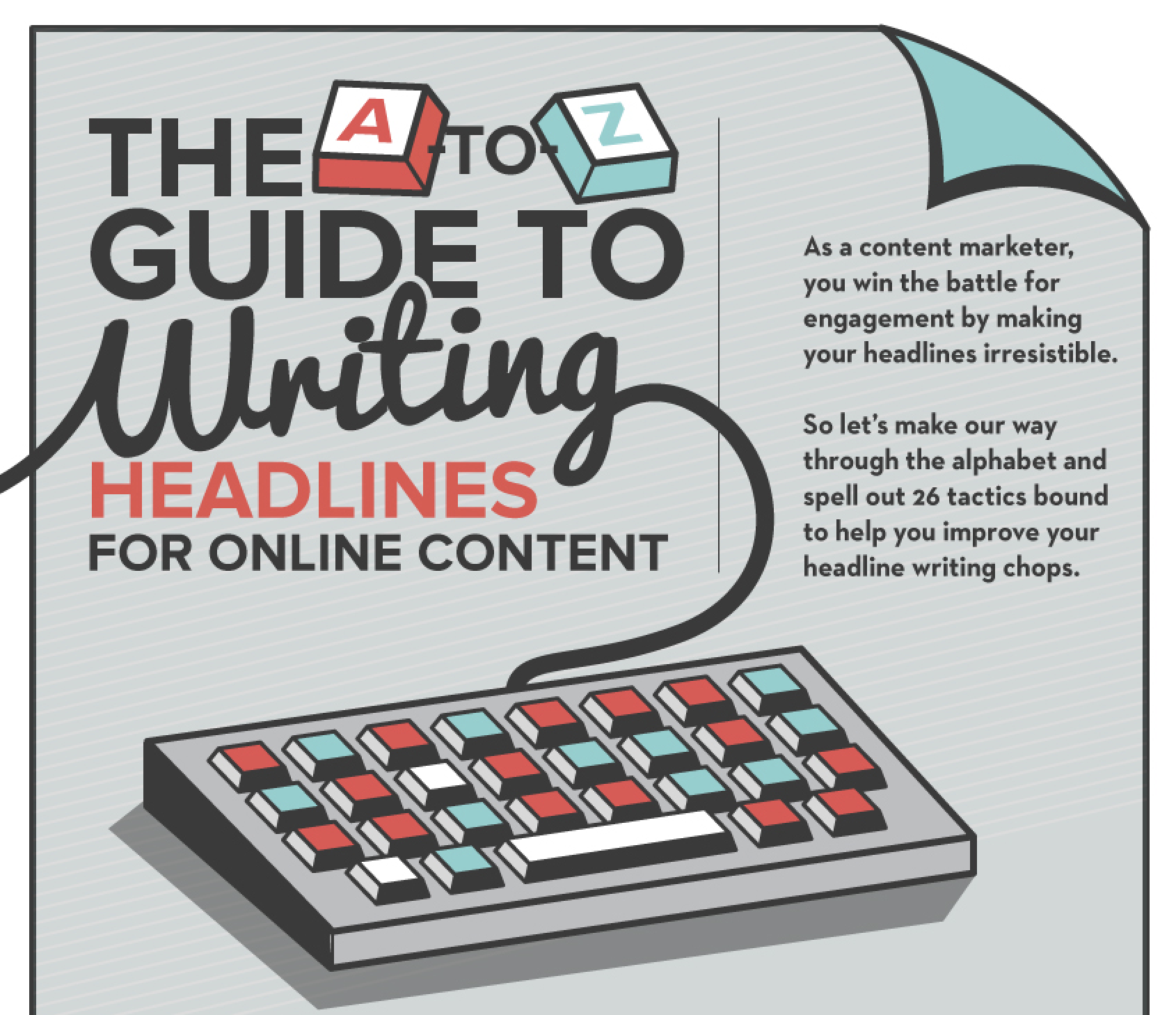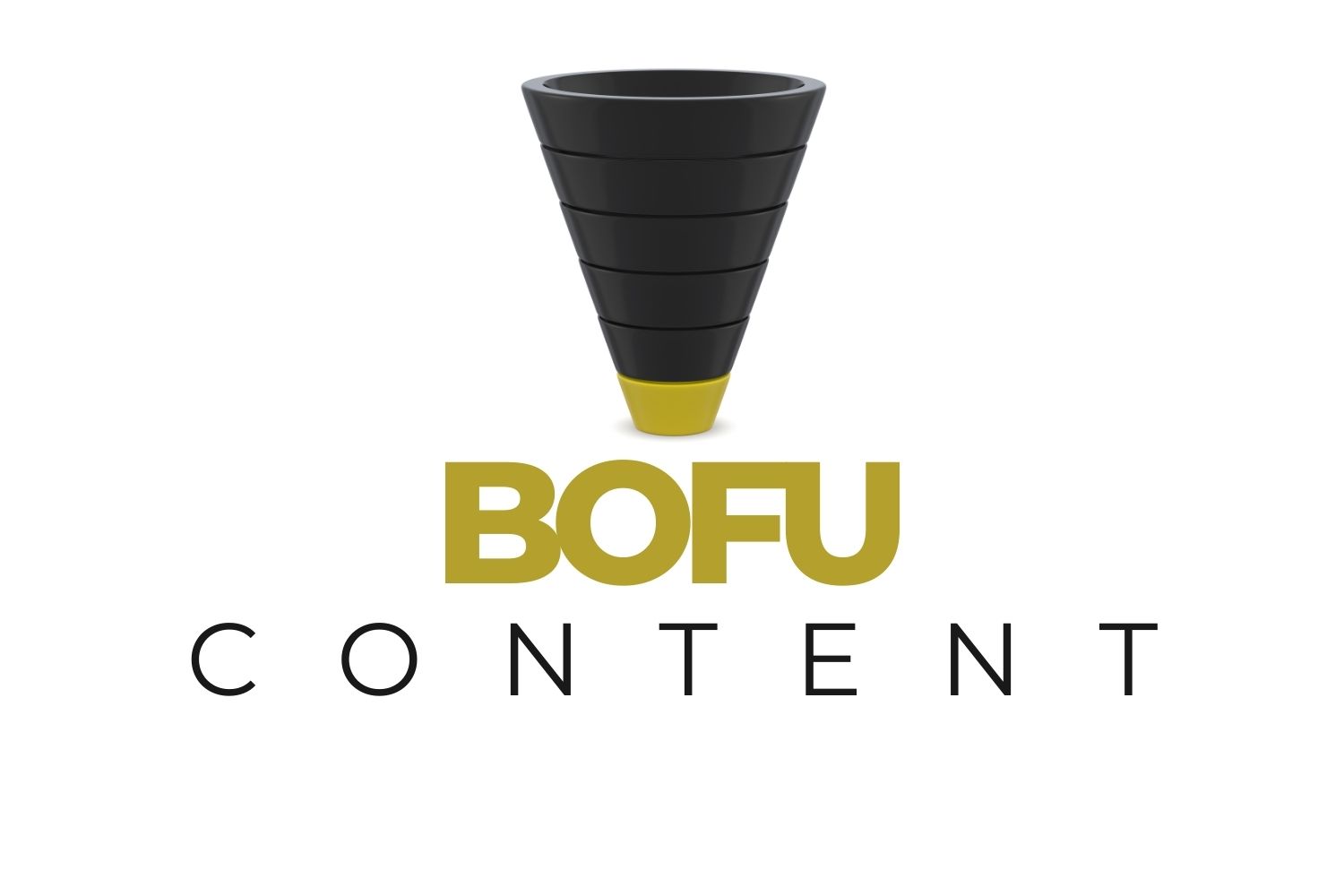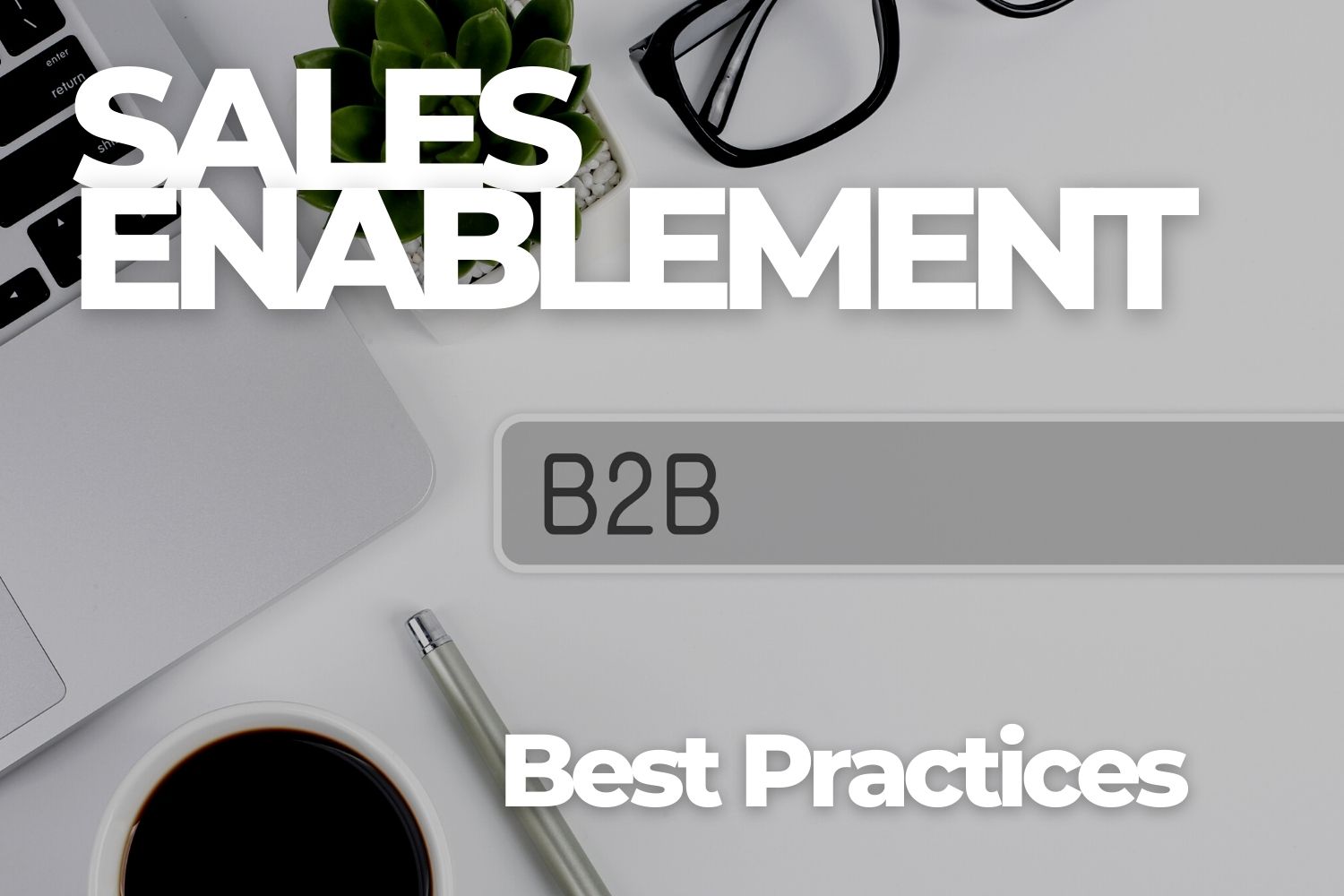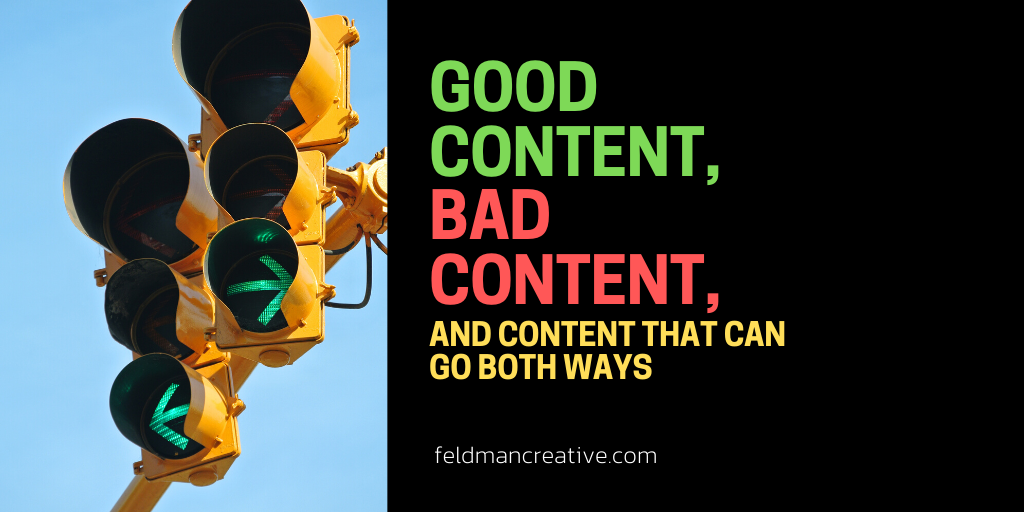David Ogilvy famously wrote, “On the average, five times as many people read the headlines as read the body copy.”
He wrote that in 1983 and was referring to print advertising. Ogilvy loosely attributed the statement to various research entities, tests, and his own observation.
I’m not saying he was wrong, but I continue to wonder why writers today quote Ogilvy as if the 5:1 ratio still holds true. You could change the 5 to 50 and you still wouldn’t even be close. Unscientifically, I’d guess 500 to 5,000 as many people read the headlines as read the body copy.
I mean, c’mon, you choose NOT TO read thousands of things each day.
Print advertising is a small blip on our media radar and, for most, it gets smaller each day. We have an overwhelming barrage of media—branded or otherwise—bombarding our senses from every angle, all day, every day.
However, whether we’re talking about the print ads you probably see far less of now or the seemingly non-stop email previews you see far more of, search, social, or whatever, the important thing to take take-away is…
Powerful headlines are crucial to your success
They come in many forms but always provide the most important catalyst when the reader makes a simple “to read or not to read” decision.
Marketing studies continue to reveal downward trends in social engagement… a widening gap between the have’s and have-not’s of search… the diminishing results of online display ads… and so on.
Tossing in the towel is obviously not an option for ambitious marketers. What can you do? You can keep working to sharpen every arrow in your quiver. Headlines, of course, must be chief among them.
I’ve written approximately a million headlines in my time and oh how I love a cool and concise list. So, here and now, I present to you “The A-to-Z Guide to Writing Headlines for Online Content.” If just one of the 26 tips here gives you a good idea for improving your pulling power with headlines, I’ll consider my efforts worthwhile.
Ooh, wow… 26 cool headline tips in an A-to-Z infographic from @feldmancreative Share on X
Here are the tips in text format. Quote me, if you like.
Ask
Posing a question, one of the oldest tricks in the book, remains one of the best ways to engage a reader.
Benefits
Features tend to bore readers. Make an emotional appeal by putting benefits in your headline.
Colons
A proven headline approach is to begin with a topical keyword phrase, followed by a colon – or dash – followed by a statement or question.
Do’s and don’ts
A headline using “do” or “don’t” indicates your content is going to advise on what does or doesn’t work for a task your audience needs to accomplish.
Emotion
Decisions are based on emotions. Capitalize on that power using the headline to elicit a feeling or to describe one.
Facts
A well-timed, topical, or provocative fact (or list of them) can be the ultimate hook for your story.
Greats
No matter what you’re writing, you likely can attach “greats” to it – great accomplishments, great leaders, great landmarks in time, etc.
Help
Help is a universal foundation of content marketing, nonfiction, and so many forms of publishing. Identify how the content will aid the reader or viewer.
Inspiration
Similar to the appeal of emotions, encouragement is well-received by audiences. A great headline may focus on the basic idea “you can do this.”
Jack
“Jack” – as in steal or borrow – is a helpful tool. Craft a headline that borrows interest from a trending story or famous figure discussed in the media.
Keywords
Craft your headlines to include keywords and phrases people use when searching.
Lists
Lists work. Readers instantly know what they’re getting and appreciate how lists bring order to the content topic.
Mistakes
Mistakes, misconceptions, myths … negative headlines have tremendous pulling power.
Numbers
Add intrigue to your headlines by citing results, time frames, measurements, or anything that can be enumerated.
Opinions
Indicate you’re going to express your opinion – or that of another expert – and you’re likely to woo many readers.
Power words
Revisit your headline looking for soft or vague words that can be replaced with more powerful, energetic, emotional, or descriptive words.
Quotes
Use a quote from a speech, interview, research report, song, movie, or anything you believe makes for a tasty appetizer for the content soon to be served.
Roundups
Headlines for roundups almost write themselves. How many experts? What will they share?
Starting
Getting started tends to be the hardest part of a task. Indicate that your content presents the reader with an effective way to begin that task.
The curiosity gap is an age-old and proven headline technique. Simply write a headline that teases the reader into a state of “I must know where this is going.”
Uses
A derivative of the how-to headline, write it to reveal how x can produce y.
Verbs
Start with a verb. Make the verb urgent and interesting. Inject action into your headlines with interesting verbs.
Who, what, when, where, why
Whether your headline is a question or a statement, these five “w” words can help shape an interesting one.
eXamples
eXamples give an exciting way to tee up your content. Showcase a person, group, companies, accomplishments, or any type of relevant example.
You
Your headline can’t call the reader by name, but the word “you” is the next best thing.
Zingers
A zinger is a quip or phrase that comes last. Add zing with a subhead (or place a thought in parentheses).






